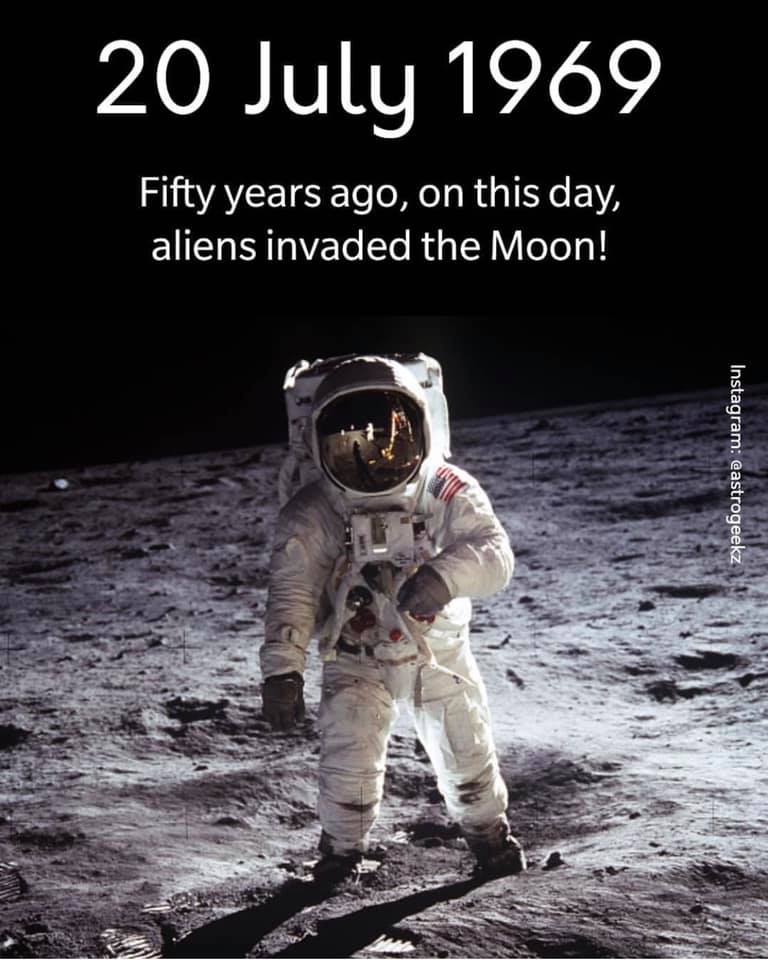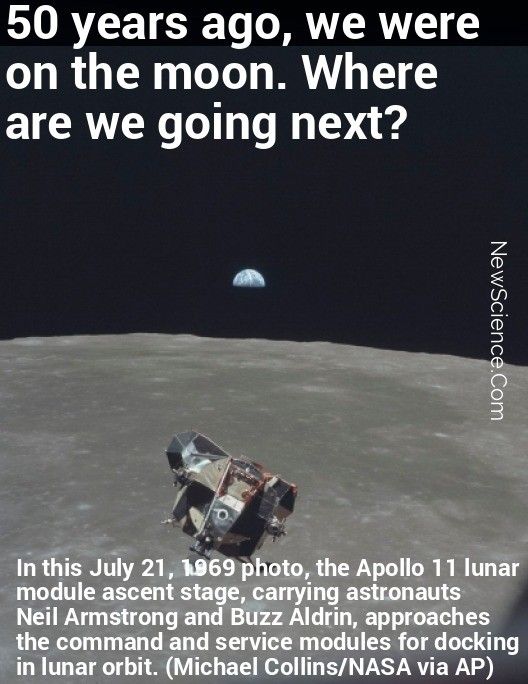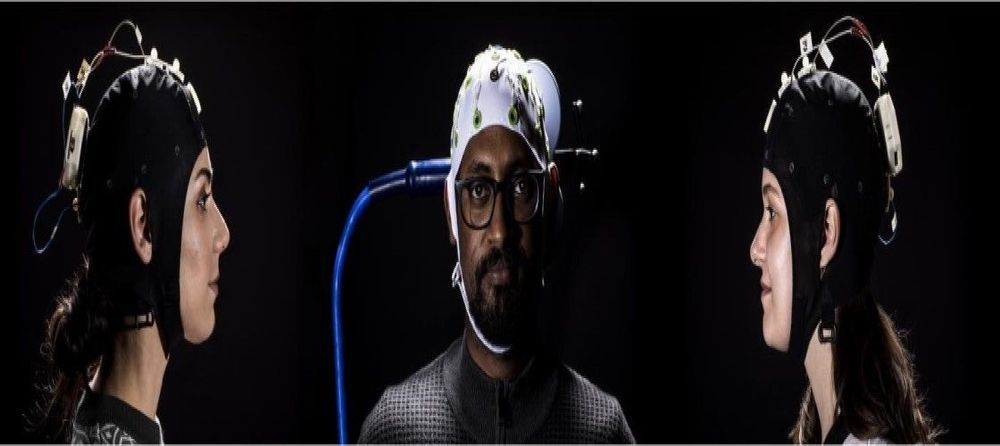20 July 1969 Fifty years ago, on this day, aliens invaded the Moon!






“Get Out of My Head!”
For now, the phrase “Get out of my head,” is a lighthearted joke uttered when someone shares the same thought as a friend or colleague. But thanks to research in telepathic communications and computer technology by a team from the University of Washington, it could become a literal directive in the future.
Or, perhaps you’ll want to invite someone into your mind to help you solve a tricky problem. After all, two (or three) heads are better than one.

As the world celebrates the landing of American astronauts to the Moon, a crown just landed on the head of a Filipina conquering the Universe! #Apollo11 #Apollo50th #MissUniverse
Tory bruno, president and CEO, united launch alliance.
Kay sears, vice president and general manager, military space, lockheed martin.
Heather Wilson, Former Secretary of the U.S. Air Force.
Moderator: bryan bender, defense and space editor, politico.

A vacuum is generally thought to be nothing but empty space. But in fact, a vacuum is filled with virtual particle-antiparticle pairs of electrons and positrons that are continuously created and annihilated in unimaginably short time-scales.
The quest for a better understanding of vacuum physics will lead to the elucidation of fundamental questions in modern physics, which is integral in unraveling the mysteries of space, such as the Big Bang. However, the laser intensity required to forcibly separate the virtual pairs and cause them to appear not as virtual particles but real particles would be 10 million times higher than current laser technology is capable of. This field intensity is the so-called Schwinger limit, named a half-century ago after the American Nobel laureate Julian Schwinger.
In 2018, scientists at Osaka University discovered a novel mechanism that they called a microbubble implosion (MBI). In MBIs, super-high-energy hydrogen ions (relativistic protons) are emitted at the moment when bubbles shrink to atomic size through the irradiation of hydrides with micron-sized spherical bubbles by ultraintense, ultrashort laser pulses.

Hailed as a pioneer by Photonics Media for his previous discoveries of supercontinuum and Cr tunable lasers, City College of New York Distinguished Professor of Science and Engineering Robert R. Alfano and his research team are claiming another breakthrough with a new super-class of photons dubbed “Majorana photons.” They could lead to enhanced information on quantum-level transition and imaging of the brain and its working.
Alfano’s group based its research on the fact that photons, while possessing salient properties of polarization, wavelength, coherence and spatial modes, take on several forms. “Photons are amazing and are all not the same,” Alfano says.
Their focus “was to use a special super-form of photons, which process the entanglement twists of both polarizations and the wavefront … and would propagate deeper in brain tissues, microtubules and neuron cells, giving more fundamental information of the brain than the conventional photon forms.”